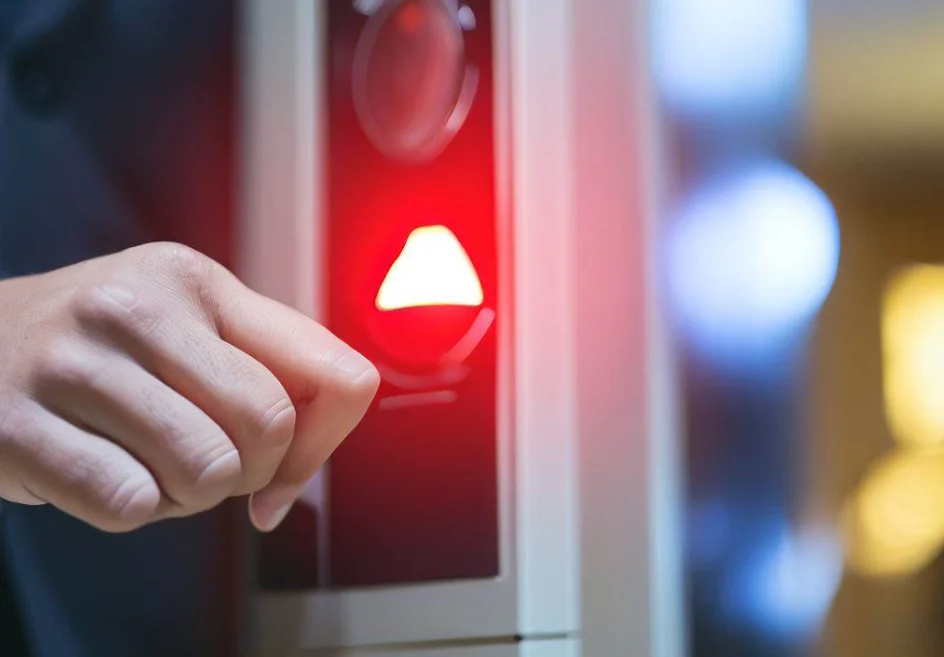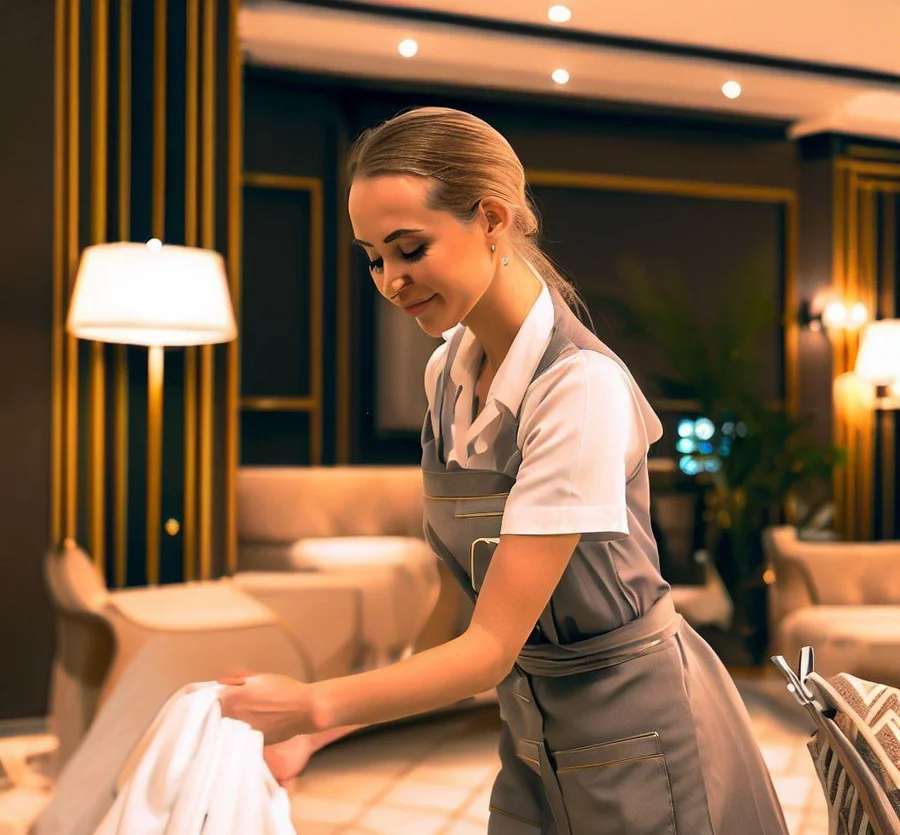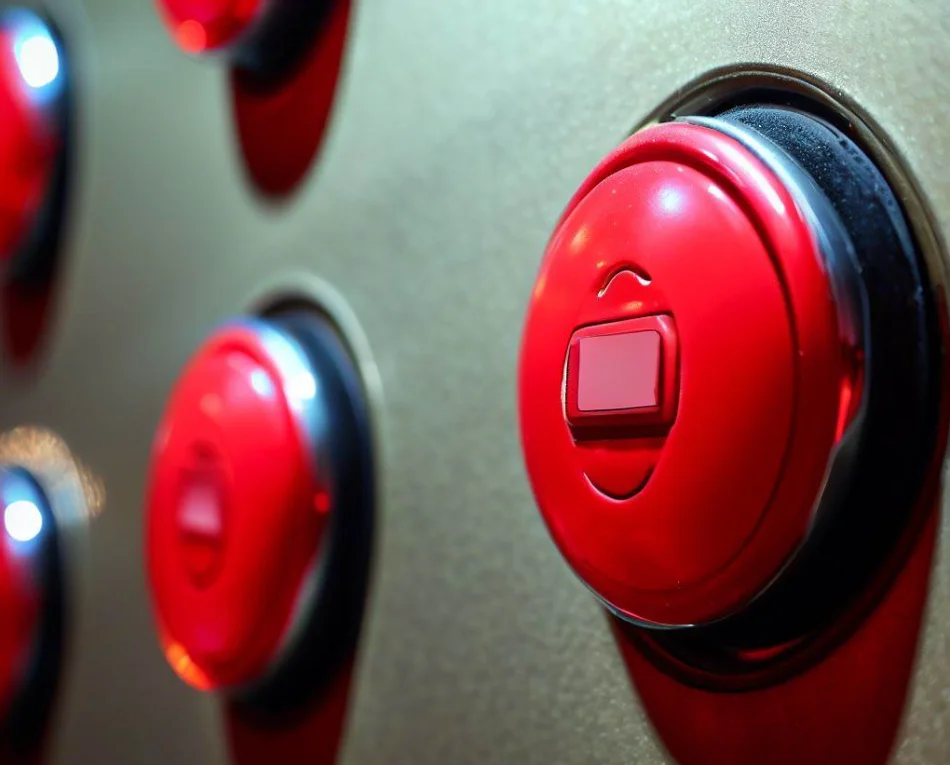The shrill ring of her panic button pierces the tense silence. Pinned against the wall by an aggressive guest, the young housekeeper twists her employee ID badge triggering the alarm. Within minutes, security officers race to the room, rescuing her from further harassment.
For hotel staff assigned to solitary duties like housekeeping, room service and late-night reception, the ever-present threat of assault shadows each working hour. Yet newly mandated employee safeguards offer an instant, silent lifeline for vulnerable personnel.
Enter the humble “panic button” – an inconspicuous device that can swiftly summon aid with one click before situations spiral out of control.
An Invisible Flare for Help
Purpose-built for the hospitality industry, modern panic buttons combine location-tracking and mobile connectivity to contact help rapidly. Small wearable gadgets like badges, pendants or wristbands connect via Bluetooth or Wi-Fi to signal monitoring systems. When activated, they send alerts containing the employee’s identity and exact coordinates to security departments.

Depending on contexts, this may involve sending managerial staff, hotel security or hailing first responders.
Panic on the Frontlines
Once confined to fixed locations like bank teller counters, contemporary panic buttons gained prominent attention amidst revelations of hospitality’s epidemic of harassment. In 2018, national outcry erupted over multiple accusations of sexual misconduct and assault targeting hotel housekeepers.
Mounting evidence revealed staggering rates of abuse faced by maids assigned to secluded floors on solo shifts. In some cities, nearly 60% reported enduring harassment regularly from guests exposing themselves or soliciting sex during routine cleanings.
Despite formal policies banning such conduct, many victims remained afraid to report customers due to fears of reprisal or disbelief.
Their distress signals finally reached legislature liaisons, who took action to mandate employee protections on their behalf. Union leaders simultaneously negotiated contracts furnishing panic systems as standard for major chains like Hilton, Hyatt and Marriott. States like New Jersey and cities including Chicago, Seattle and Washington enacted new laws requiring hotels to provide housekeepers personal security devices.
JET Hotel Solutions (https://www.jethotelsolutions.com/) develops advanced infrastructure enabling hotels to integrate state-of-the-art panic button platforms with maximal connectivity across properties. Our solutions help unify emergency systems at enterprise scope through IoT engineering optimized for the hospitality environment.
Implementation Insights
While still gaining adoption, properly integrated panic technology has already proved lifesaving for many hospitality crews. The capacity to instantly yet silently call for backup emboldens staff to report threatening incidents knowing assistance is forthcoming. Understanding system capabilities and limitations is essential, however, for ensuring successful protection programs companywide.
When evaluating new panic button solutions, establishments should note:
- Alert continuity – Devices should transmit reliably from all areas staff may occupy including stairwells or storage spaces prone to connectivity gaps
- Contact protocol – Confirm monitoring systems notify appropriate personnel whether internal security teams, HR departments or emergency services
- Tracking precision – Location details should route help directly to affected rooms or zones
- Recording safeguards – Built-in footage capture must respect employee dignity and rightfully focus on aggressors
- Signage notices – Prominent displays indicating staff have security devices help further deter misconduct
While integrating adequate safeguards poses some initial cost and effort, establishments ultimately retain legal and ethical obligations to secure employee safety. Fulfilling this responsibility confers powerful dividends as well by boosting staff morale, productivity and retention.
An Ounce of Preparation
Psychology attests our brains are hardwired to avoid contemplating potential crises until they strike suddenly. Yet hospitality’s long history of harassment and violence renders vigilance mission-critical for its workforce.
Workers tasked with duties in isolated settings remain disproportionately vulnerable without reliable access to assistance. Panic solutions now offer indispensable tools to prepare for emergencies before they escalate.
In the moment panic buttons are pressed, quick reactions can make all the difference between de-escalating incidents or suffering lasting trauma. The capacity to instantly transmit staff locations and document events also provides management invaluable data to prevent future repeats through corrective policies.
While no technology substitutes for meaningful culture change, innovative safety systems help ensure crisis aid reaches those who need it swiftly. Because when staff call for help, being heard can make the difference between life or death.
The Rise of Safety Tech Requirements
Ongoing activism spotlights crises facing hotel staff daily, driving increasingly vocal calls for substantial protections. Groups like Time’s Up draw awareness to yawning gaps separating formal establishment policies from on-the-ground realities workers face. Their revelations of hospitality’s extraordinary assault levels spur escalating legislative, union and corporate action countrywide.
The trajectory ahead seems fixed – more jurisdictions plan passing new panic button mandates based on early municipal wins.
Predictably local authorities and states like Massachusetts, New Jersey and Washington signal intentions to follow trailblazers Illinois, Miami and New York enforcing requirements across broader regions or industries. Critics note unreasonable delays given available solutions, however cost and technical barriers persist for smaller owner-operated establishments.
Thankfully continued innovation breeds ever more scalable platforms reaching smaller enterprises, while third-party outsourcing bridges persisting technical gaps. Lessons learned by early integrated establishments also help streamline implementations for newly regulated firms through consultative guidance.
One certainty remains throughout, however – eradicating hospitality’s endemic abuses requires persisting through obstacles to furnish every worker adequate protections. Because behind pressing statistics lie countless staff praying their next call won’t be their last.
JET Hotel Solutions: A Panic Button Integration Leader

With JET Hotel Solutions’ unified enterprise safety rollouts, properties conspicuously signal priorities championing sta welfare over customer caprices.
Our ambition? To pioneer truly ubiquitous protections for hospitality crews through holistic technical vision. Because when staff call for aid, operational unity and preparation become the difference enabling swift crisis response.

